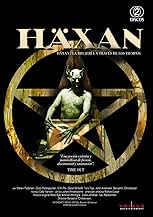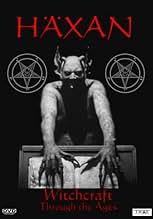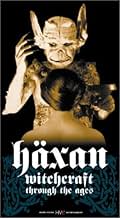Documentaire fictif montrant l'évolution de la sorcellerie, depuis ses racines païennes jusqu'à sa confusion avec l'hystérie dans l'Europe moderne.Documentaire fictif montrant l'évolution de la sorcellerie, depuis ses racines païennes jusqu'à sa confusion avec l'hystérie dans l'Europe moderne.Documentaire fictif montrant l'évolution de la sorcellerie, depuis ses racines païennes jusqu'à sa confusion avec l'hystérie dans l'Europe moderne.

![Regarder Trailer [OV]](https://m.media-amazon.com/images/M/MV5BNWUzNDFkOTAtYTdiZi00M2RiLWJiMjktZmZjM2RkNzNhMzBiXkEyXkFqcGdeQXRyYW5zY29kZS13b3JrZmxvdw@@._V1_QL75_UX500_CR0)





























